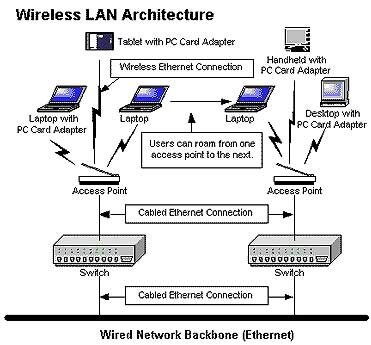ABSTRACT
Here for the purpose, we have made four distinct stages for the effective implementation .The stages are described in brief as follows. In the first stage, we are constructing the transmitter circuit that transmits data and sequence bits at infrared frequency. Now the second part is to develop receiver circuit that receives infrared signals coming out from transmitter and convert them into bits. The next stage is to compare the incoming sequence with that of receiver computer. If sequence is matched only then it will be able to catch the data sent by transmitting computer. The fourth and final stage is the make software program that gets the data and displays on computer.
INTRODUCTION
Wireless data transmission between computers is a flexible data communication system implemented as an extension to, or as an alternative for, a wired LAN within a building. It can further be extended to wireless LAN with secure data transmission. For the purpose of secure data transmission a unique code is sent before actual data bits. This unique code is known to receiver. In this project sequence detector at receiver side has been used which is set for a particular code. This sequence detector detects binary bit stream coming out from transmitter and if code of incoming bit stream is matched with the code of sequence detector than rest of bits are received in form of data at the receiving computer’s side. To further enhance the concept of security we are using Infrared waves as a channel between transmitter and receiver because security of infrared systems against eavesdropping is better than that of radio systems. The block diagram of whole system is shown below.
Block Diagram


WIRELESS LAN
Wireless LANs use electromagnetic airwaves (radio or infrared) to communicate information from one point to another without relying on any physical connection. Radio waves are often referred to as radio carriers because they simply perform the function of delivering energy to a remote receiver. The data being transmitted is superimposed on the radio carrier so that it can be accurately extracted at the receiving end. This is generally referred to as modulation of the carrier by the information being transmitted. Once data is superimposed (modulated) onto the radio carrier, the radio signal occupies more than a single frequency, since the frequency or bit rate of the modulating information adds to the carrier.

Multiple radio carriers can exist in the same space at the same time without interfering with each other if the radio waves are transmitted on different radio frequencies. To extract data, a radio receiver tunes in one radio frequency while rejecting all other frequencies.
In a typical wireless LAN configuration, a transmitter/receiver (transceiver) device, called an access point, connects to the wired network from a fixed location using standard cabling. At a minimum, the access point receives, buffers, and transmits data between the wireless LAN and the wired network infrastructure. A single access point can support a small group of users and can function within a range of less than one hundred to several hundred feet. The access point (or the antenna attached to the access point) is usually mounted high but may be mounted essentially anywhere that is practical as long as the desired radio coverage is obtained.
End users access the wireless LAN through wireless-LAN adapters, which are implemented as PC cards in notebook or palmtop computers, as cards in desktop computers, or integrated within hand-held computers. Wireless LAN adapters provide an interface between the client network operating system (NOS) and the airwaves via an antenna. The nature of the wireless connection is transparent to the NOS.

hi.
can anyone provide me with me more information on these project .
i intended to do this project as my first year summer project .
please provide information as fast as possible.
thank you.
Nice work boys.I’m considering it to publish it for my students. Upload the circuit too if u guys can.
Good work!
If i could get the circuit diagram too,my life could have been much easier
I have a doubt. it is such that a mobile needs a monitoring device i.e., an activation process is essential for a net connection over a mobile. Isn’t?
Why don’t we think about a net surfing facility automatically over any mobile phone without any activation process as such and surfing provided through microchip technology or nanotech programming??????
As today’s generation wants everything within the time they think and with less effort so this may actually be very useful…..
Hey guys i want to know more about this projects.
Please can you just send circuit diagram.
hi.
can anyone provide me with me more information on these project .
please provide information as fast as possible.
thank you.
really dear…..
this is a very good project…..
hi friend ,
will u plz send me the roject details including circuit diagram
also sed me the different problem u have experienced at the time of
doing this project
thank you
hiii,
i just want to know hot to design a new bluetooth from scratch..
please anyone can tell me the steps to start the project???
nice project…i want circuit diagram of it…if u upload it too dn its beneficial for ur follower :)please, upload it soon…
may i know if we wana transmit images or video through it dn it will detect or not?